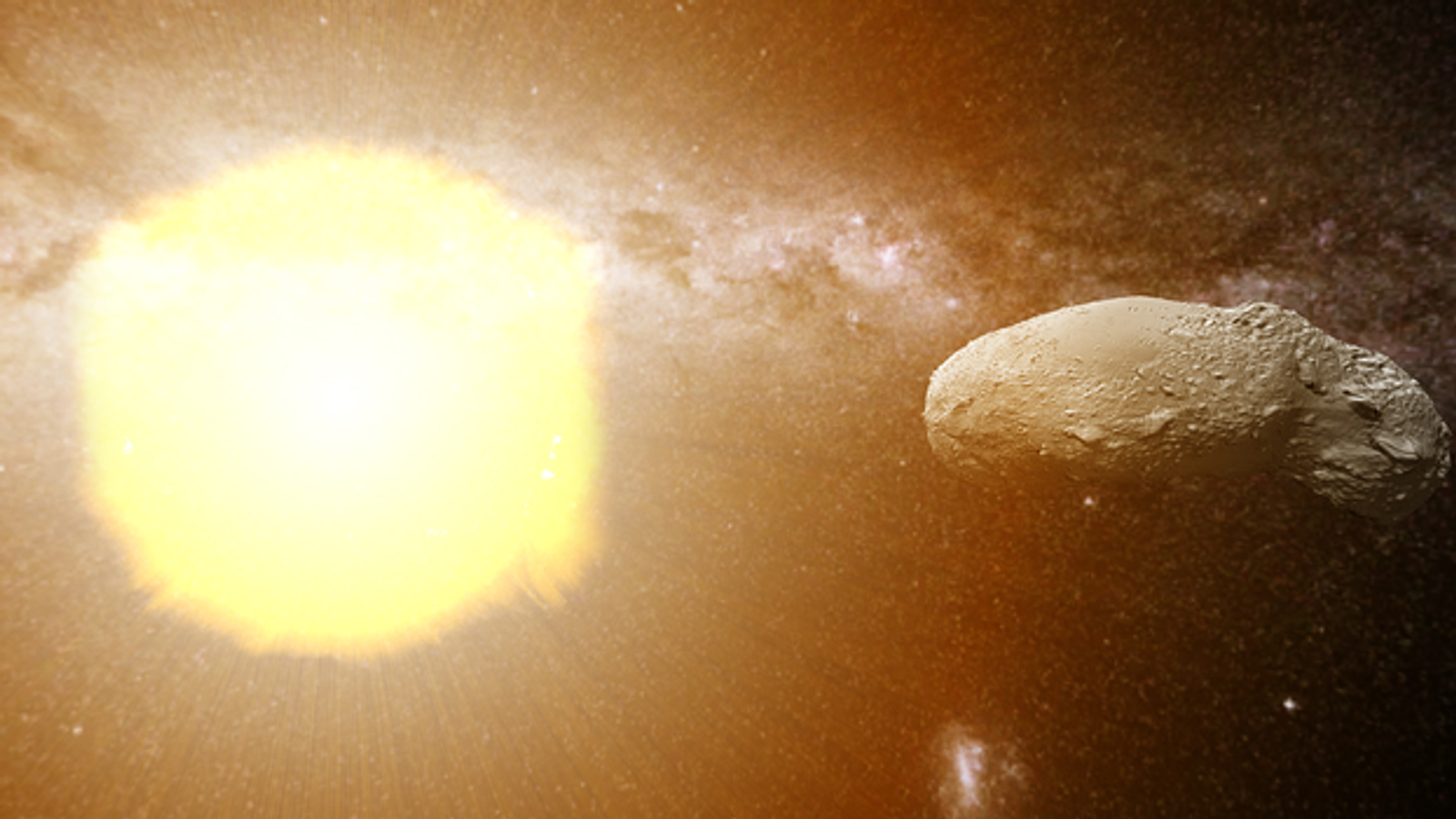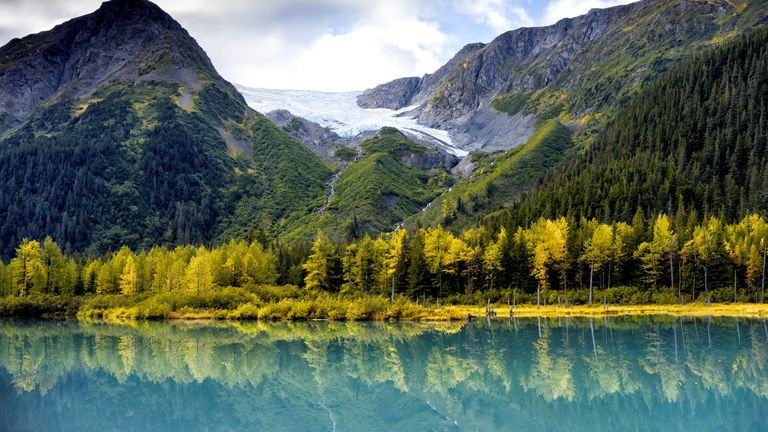The origin of Earth’s water continues to be debated by scientists – whether it was here when the planet formed or if it had an extraterrestrial source.
But new research points the finger at a previously uncounted point of origin: the Sun at the centre of our solar system.
According to astronomers, solar radiation may have created water on the surface of dust grains carried on asteroids that smashed in to our planet billions of years ago.
Water covers more than 70% of our planet’s surface, but the exact source has puzzled scientists for decades if not longer.
A new study published in the journal Nature Astronomy suggests it has found a source which perfectly matches the isotopic signature of water on Earth.
The research, led by scientists at the University of Glasgow, used a process called atom probe tomography to analyse different asteroid samples – some of which carry water and others which orbit too close to the Sun to do so.
Dr Luke Daly, from the University of Glasgow and the study’s lead author, said: “The solar winds are streams of mostly hydrogen and helium ions which flow constantly from the Sun out into space.
“When those hydrogen ions hit an airless surface like an asteroid or a space-borne dust particle, they penetrate a few tens of nanometres below the surface, where they can affect the chemical composition of the rock.
“Over time, the ‘space weathering’ effect of the hydrogen ions can eject enough oxygen atoms from materials in the rock to create H2O – water – trapped within minerals on the asteroid.
“Crucially, this solar wind-derived water produced by the early solar system is isotopically light.”
“That strongly suggests that fine-grained dust, buffeted by the solar wind and drawn into the forming Earth billions of years ago, could be the source of the missing reservoir of the planet’s water,” Dr Daly added.
Professor Bland at Curtin University explained that the existing theory that water was carried to Earth in the final stages of its formation by water-carrying asteroids didn’t hold up to examination.
“Previous testing of the isotopic ‘fingerprint’ of these asteroids found they, on average, didn’t match with the water found on Earth meaning there was at least one other unaccounted for source,” he said.
“Our research suggests the solar wind created water on the surface of tiny dust grains and this isotopically lighter water likely provided the remainder of the Earth’s water,” added the professor, who works at the Space Science and Technology Centre at Curtin University.
“This new solar wind theory is based on meticulous atom-by-atom analysis of miniscule fragments of an S-type near-Earth asteroid known as Itokawa, samples of which were collected by the Japanese space probe Hayabusa and returned to Earth in 2010.
“Our world-class atom probe tomography system here at Curtin University allowed us to take an incredibly detailed look inside the first 50 nanometres or so of the surface of Itokawa dust grains, which we found contained enough water that, if scaled up, would amount to about 20 litres for every cubic metre of rock,” added Professor Bland.

